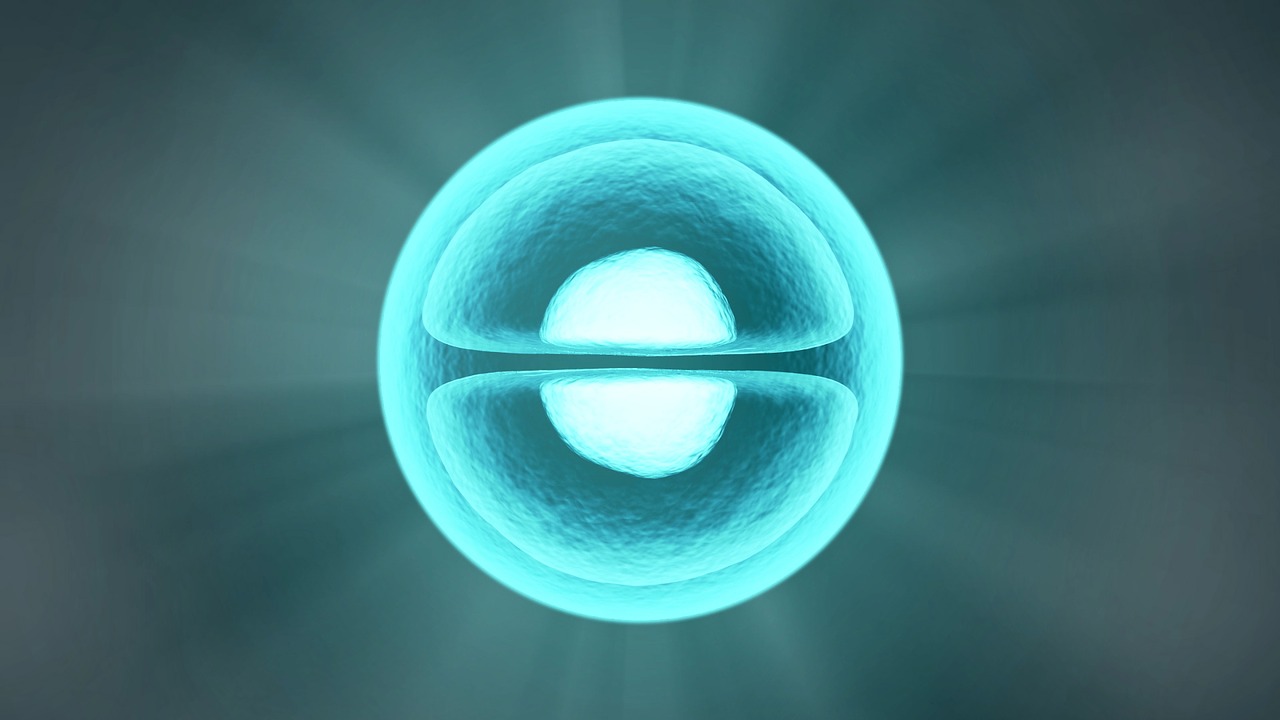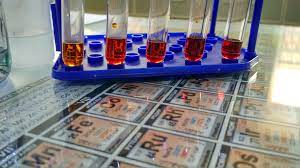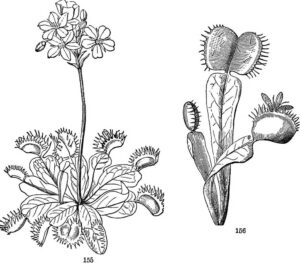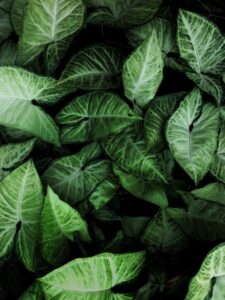- What is a cell?
- The basic structural and functional unit of life.
- Who is credited with the discovery of the cell?
- Robert Hooke.
- What is the cell theory?
- The idea that all living organisms are composed of cells, and that cells arise from pre-existing cells.
- What is the plasma membrane?
- The outer boundary of the cell that regulates the passage of materials in and out of the cell.
- What is the cytoplasm?
- The jelly-like substance within the cell where organelles are suspended.
- What is the nucleus?
- The central organelle that contains the genetic material (DNA) of the cell.
- What is the function of the mitochondria?
- To generate energy for the cell through cellular respiration.
- What are ribosomes?
- Cellular structures where proteins are synthesized.
- What is the endoplasmic reticulum?
- A network of membranes involved in the synthesis, modification, and transport of proteins and lipids.
- What is the Golgi apparatus?
- Organelle responsible for modifying, sorting, and packaging proteins and lipids for secretion or delivery to other organelles.
- What are lysosomes?
- Membrane-bound organelles containing enzymes involved in intracellular digestion and waste removal.
- What is the function of the cytoskeleton?
- To provide structural support, maintain cell shape, and facilitate cell movement.
- What are microtubules?
- Cytoskeletal filaments involved in cell division, intracellular transport, and maintaining cell shape.
- What are microfilaments?
- Cytoskeletal filaments involved in cell movement, cytokinesis, and maintaining cell shape.
- What is the function of the cell wall in plant cells?
- To provide structural support and protection for the cell.
- What are chloroplasts?
- Organelles found in plant cells responsible for photosynthesis.
- What is photosynthesis?
- The process by which green plants and some other organisms use sunlight to synthesize foods with carbon dioxide and water.
- What is cellular respiration?
- The process by which cells break down glucose and other organic molecules to produce ATP.
- What is osmosis?
- The movement of water molecules across a selectively permeable membrane from an area of higher water concentration to an area of lower water concentration.
- What is diffusion?
- The movement of molecules from an area of higher concentration to an area of lower concentration.
- What is active transport?
- The movement of molecules across a membrane against their concentration gradient, requiring energy input.
- What is passive transport?
- The movement of molecules across a membrane down their concentration gradient without the use of energy.
- What is facilitated diffusion?
- The passive movement of molecules across a membrane facilitated by transport proteins.
- What is endocytosis?
- The process by which cells engulf large particles or fluids into vesicles.
- What is exocytosis?
- The process by which cells release substances from vesicles into the extracellular environment.
- What is a prokaryotic cell?
- A cell that lacks a nucleus and membrane-bound organelles.
- What is a eukaryotic cell?
- A cell that has a nucleus and membrane-bound organelles.
- What is the function of the nucleolus?
- To produce ribosomal RNA and assemble ribosomes.
- What is the function of the smooth endoplasmic reticulum?
- Synthesis of lipids, metabolism of carbohydrates, and detoxification of drugs and toxins.
- What is the function of the rough endoplasmic reticulum?
- Synthesis and modification of proteins.
- What is the role of the central vacuole in plant cells?
- Storage of water, nutrients, and waste products, and maintenance of turgor pressure.
- What are peroxisomes?
- Organelles that contain enzymes involved in detoxification of harmful substances and metabolism of fatty acids.
- What is the cell cycle?
- The series of events that take place in a cell leading to its division and duplication.
- What is interphase?
- The phase of the cell cycle during which the cell grows, carries out metabolic activities, and replicates its DNA.
- What are chromosomes?
- Thread-like structures made of DNA and proteins that contain the genetic information of the cell.
- What is mitosis?
- The process of nuclear division in eukaryotic cells that produces two daughter nuclei with the same number of chromosomes as the parent nucleus.
- What is cytokinesis?
- The division of the cytoplasm following mitosis or meiosis, resulting in two daughter cells.
- What is meiosis?
- The process of cell division that produces gametes (sperm and eggs) with half the number of chromosomes as the parent cell.
- What is a centriole?
- Cylindrical organelles near the nucleus of animal cells that are involved in organizing the microtubules of the cytoskeleton and the mitotic spindle.
- What is a centrosome?
- The region of the cell that contains the centrioles and is involved in the organization of microtubules.
- What is a vesicle?
- A small membrane-bound sac that transports materials within the cell.
- What is a vacuole?
- A membrane-bound organelle found in plant cells that stores water, nutrients, and waste products.
- What is a receptor protein?
- A protein that binds to specific molecules, triggering a cellular response.
- What is a ligand?
- A molecule that binds to a receptor protein.
- What is a signal transduction pathway?
- The series of molecular events that lead to a cellular response following the binding of a ligand to a receptor protein.
- What is a stem cell?
- A cell that has the ability to differentiate into various cell types.
- What is cell differentiation?
- The process by which cells become specialized in structure and function.
- What is pluripotency?
- The ability of stem cells to differentiate into many different cell types.
- What is totipotency?
- The ability of a single cell to give rise to all the specialized cell types in an organism.
- What is apoptosis?
- Programmed cell death that occurs in multicellular organisms to remove damaged or unnecessary cells.



